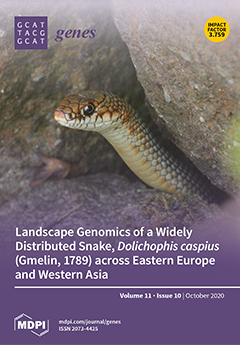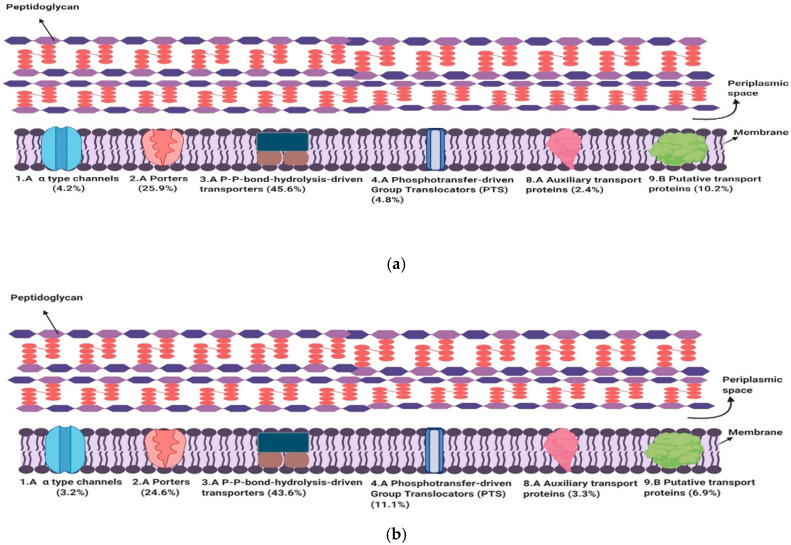Our collaborator Dr. Zafar and Dr. Saier just published a paper in the journal Genes reporting a comparative genomics analysis of the transportomes of multiple Lactobacillus strains. The title is: “Comparative Genomics of the Transport Proteins of Ten Lactobacillus Strains“. For your convenience, these are the links to PubMed and PMC.
Abstract
The genus Lactobacillus includes species that may inhabit different anatomical locations in the human body, but the greatest percentage of its species are inhabitants of the gut. Lactobacilli are well known for their probiotic characteristics, although some species may become pathogenic and exert negative effects on human health. The transportome of an organism consists of the sum of the transport proteins encoded within its genome, and studies on the transportome help in the understanding of the various physiological processes taking place in the cell. In this communication we analyze the transport proteins and predict probable substrate specificities of ten Lactobacillus strains. Six of these strains (L. brevis, L. bulgaricus, L. crispatus, L. gasseri, L. reuteri, and L. ruminis) are currently believed to be only probiotic (OP). The remaining four strains (L. acidophilus, L. paracasei, L. planatarum, and L. rhamnosus) can play dual roles, being both probiotic and pathogenic (PAP). The characteristics of the transport systems found in these bacteria were compared with strains (E. coli, Salmonella, and Bacteroides) from our previous studies. Overall, the ten lactobacilli contain high numbers of amino acid transporters, but the PAP strains contain higher number of sugar, amino acid and peptide transporters as well as drug exporters than their OP counterparts. Moreover, some of the OP strains contain pore-forming toxins and drug exporters similar to those of the PAP strains, thus indicative of yet unrecognized pathogenic potential. The transportomes of the lactobacilli seem to be finely tuned according to the extracellular and probiotic lifestyles of these organisms. Taken together, the results of this study help to reveal the physiological and pathogenic potential of common prokaryotic residents in the human body.



